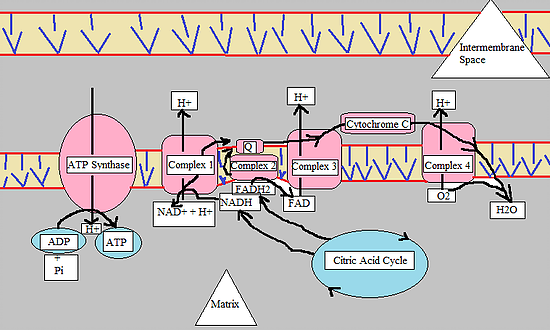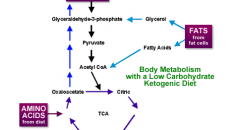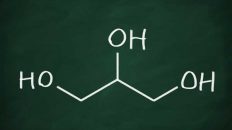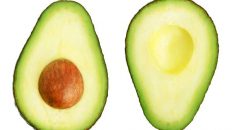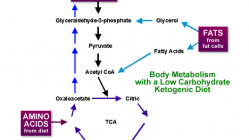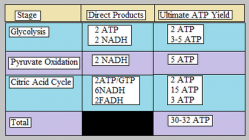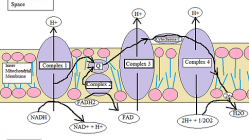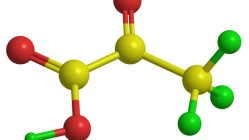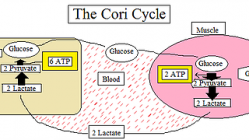In the last post we discussed the first component of oxidative phosphorylation, known as the Electron Transport Chain, and its mechanisms. In this post, we will be discussing the second component of oxidative phosphorylation formally known as Chemiosmosis.
Chemiosmosis Explained:
Chemiosmosis is the creation of ATP molecules from the movement of hydrogen molecules across the membrane during cellular respiration. These hydrogen molecules can only pass through the inner mitochondrial matrix through the ATP Synthase protein membrane. This process of protons moving through the ATP Synthase turns ADP into ATP molecules; the production of ATP that comes from the chemiosmosis process in the mitochondria is called oxidative phosphorylation (we’ve come full circle now, pardon the pun).
Further Examination of Chemiosmosis:
In the last post we discussed the Electron Transport Chain (ETC) and examined each of its complexes’ in depth. Complexes 1, 3, and 4 of the ETC are all proton pumps *every time we see a pump in cellular processes we can safely assume that energy is being used and captured unless otherwise specified (exception examples would be passive diffusion). An electrochemical gradient is formed during these pumping actions and is formally called the proton-motive force where energy can be stored.
From our basic science classes, we know that molecules cannot directly pass through phospholipid bilayers of membranes due to their hydrophobic cores. This is where hydrogen ions use channel proteins to move down these gradients. The channel protein used for this process is ATP Synthase; this channel protein during its process adds a phosphate to ADP where it captures energy from the gradient as ATP. Chemiosmosis is responsible for over eighty percent (80%) of ATP created during cellular respiration.
*Sometimes instead of synthesizing ATP, heat would be released from chemiosmosis which is useful for animals that need to stay warm. Further explanations of this heat process can be seen in animals that hibernate which use brown fat cells. In short, these brown fat cells produce uncoupling proteins which are placed into the inner mitochondrial membrane. These uncoupling proteins provide an alternate pathway that allow protons to pass from the intermembrane space to the matrix without having to go through ATP Synthase. This alternate pathway for protons to re-enter the matrix allow the energy of the gradient to come off as heat.
Summary of Chemiosmosis:
Chemiosmosis is the process of pumping protons through special channels in the mitochondrial membrane going from the inner compartments to the outer compartments. This pumping action creates a hydrogen gradient where protons diffuse down the gradient via transport proteins called ATP Synthase. Chemiosmosis can refer to any process where energy stored in a proton gradient is used to do work.
